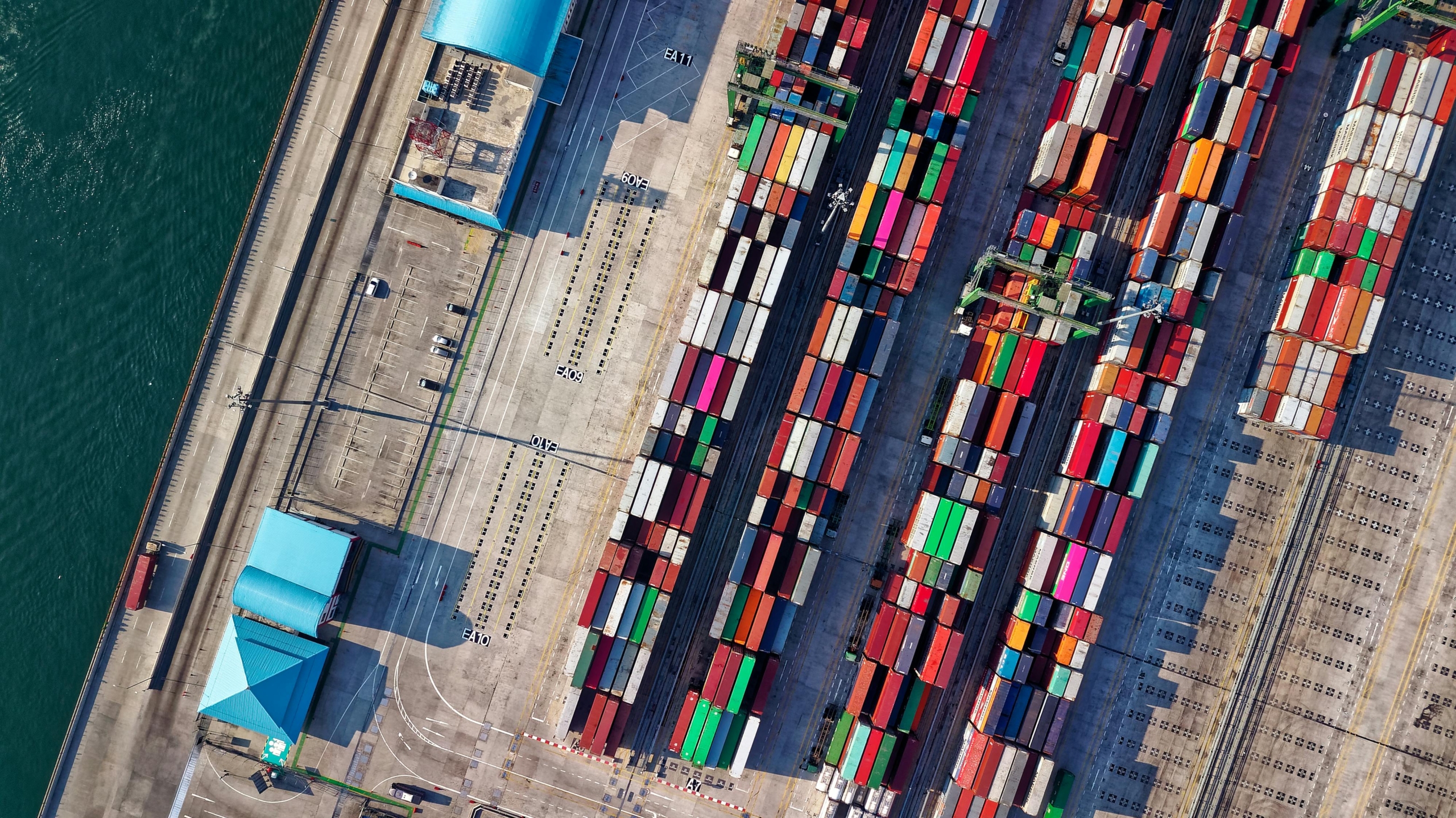3583Views 0Comments

Manufacturing Renaissance: How Small Factories Are Adapting to Supply Chain Disruptions
Small factories, once seen as the backbone of American manufacturing, are now facing serious challenges. Global supply chain disruptions—made worse by the pandemic, rising transportation costs, and geopolitical tensions—are forcing them to rethink how they operate. Large corporations have the resources to handle these disruptions more easily. But small factories must be quick, creative, and resourceful to stay in business.
Many of these small manufacturers are turning this crisis into an opportunity. By adjusting their strategies, they are not just surviving but finding new ways to succeed. This shift is sparking what some are calling a “manufacturing renaissance.”
Reworking Supply Chains
One of the biggest problems for small factories today is sourcing raw materials. Global delays and rising costs have made it harder to rely on international suppliers. To overcome this, many small factories are looking closer to home. They are forming partnerships with domestic suppliers to reduce their dependence on international supply chains. This shift makes them more resilient when global disruptions hit.
Sourcing locally also has its advantages. Factories can communicate more directly with suppliers, making it easier to maintain quality and solve problems quickly. However, this approach does come with challenges. Domestic suppliers may charge higher prices, and building these new relationships takes time. Still, for many small factories, the benefits of reliability and stability outweigh the drawbacks.
Embracing Technology
Technology is playing a key role in helping small factories adapt to these disruptions. Many are investing in automation and digital tools to streamline production. These tools help manage inventory more efficiently, reducing the chance of delays and keeping operations smooth. While these upgrades can be expensive, they pay off by minimizing disruptions and increasing efficiency.
Digital platforms that track inventory in real time are becoming essential. They ensure that supplies are available when needed, reducing the time between ordering and delivery. Some small manufacturers are also adopting automation to help maintain production. Even with limited resources, targeted investments in technology can help factories keep operations steady, even when supply chains are unpredictable.
Diversifying Supplier Networks
Small factories are also diversifying their supplier networks to reduce risks. Instead of depending on one supplier, they are building relationships with multiple vendors. This flexibility allows them to switch suppliers quickly if one encounters a delay or shortage.
Diversifying suppliers requires more coordination, but the benefits are clear. It makes small factories more flexible and adaptable in the face of rising costs or shipping problems. By spreading out their risk, they can keep their production lines moving.
Flexibility in Production
Another strategy is rethinking production processes. Many factories used to rely on just-in-time production, ordering materials only when needed to save on costs. But with current supply chain problems, this model is risky. Now, small factories are shifting to a more flexible approach. They are maintaining higher levels of inventory and adjusting production schedules to deal with potential disruptions.
This new approach helps small factories avoid delays, but it requires careful planning. Managing extra inventory means balancing cash flow and storage costs, which can be tricky. However, many small factories are learning how to manage these challenges to stay flexible in an uncertain market.
Looking Forward
For small factories, adapting to supply chain disruptions is not just about getting through the current crisis. It’s about building resilience for the future. The challenges they face today are prompting long-term improvements in efficiency, quality, and overall competitiveness.
By embracing new technologies, localizing their supply chains, and increasing flexibility, small manufacturers are positioning themselves for success. What began as a response to supply chain issues has now turned into a renaissance for small-scale manufacturing. As these factories continue to innovate, they are opening doors to greater adaptability and growth in a changing world.


